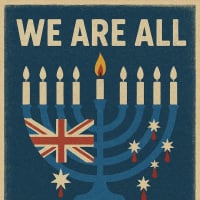Attention: Please take a moment to consider our terms and conditions before posting.
The Evolution of the Charlton programme
Comments
-
Thanks for this Ben. The last few programmes brought back a lot of great memories of going down to the Valley with my mates from school0
-
We lost 4-2Henry Irving said:Part 29: 1984
Irregular shapes, new lettering but still a one big picture cover featuring Mike Flanagan, back at the club, in a lovely Osca pinstripe shirt used by Hummel to inspire the current home shirt.
On the pitch we won this game 4- 2 but the "crowd" was only 3,786. 1
1 -
The museum needs a statistician : - )JohnnyH2 said:
We lost 4-2Henry Irving said:Part 29: 1984
Irregular shapes, new lettering but still a one big picture cover featuring Mike Flanagan, back at the club, in a lovely Osca pinstripe shirt used by Hummel to inspire the current home shirt.
On the pitch we won this game 4- 2 but the "crowd" was only 3,786. 1
1

